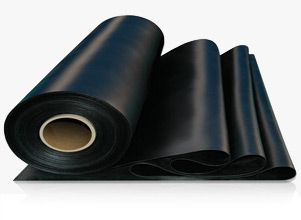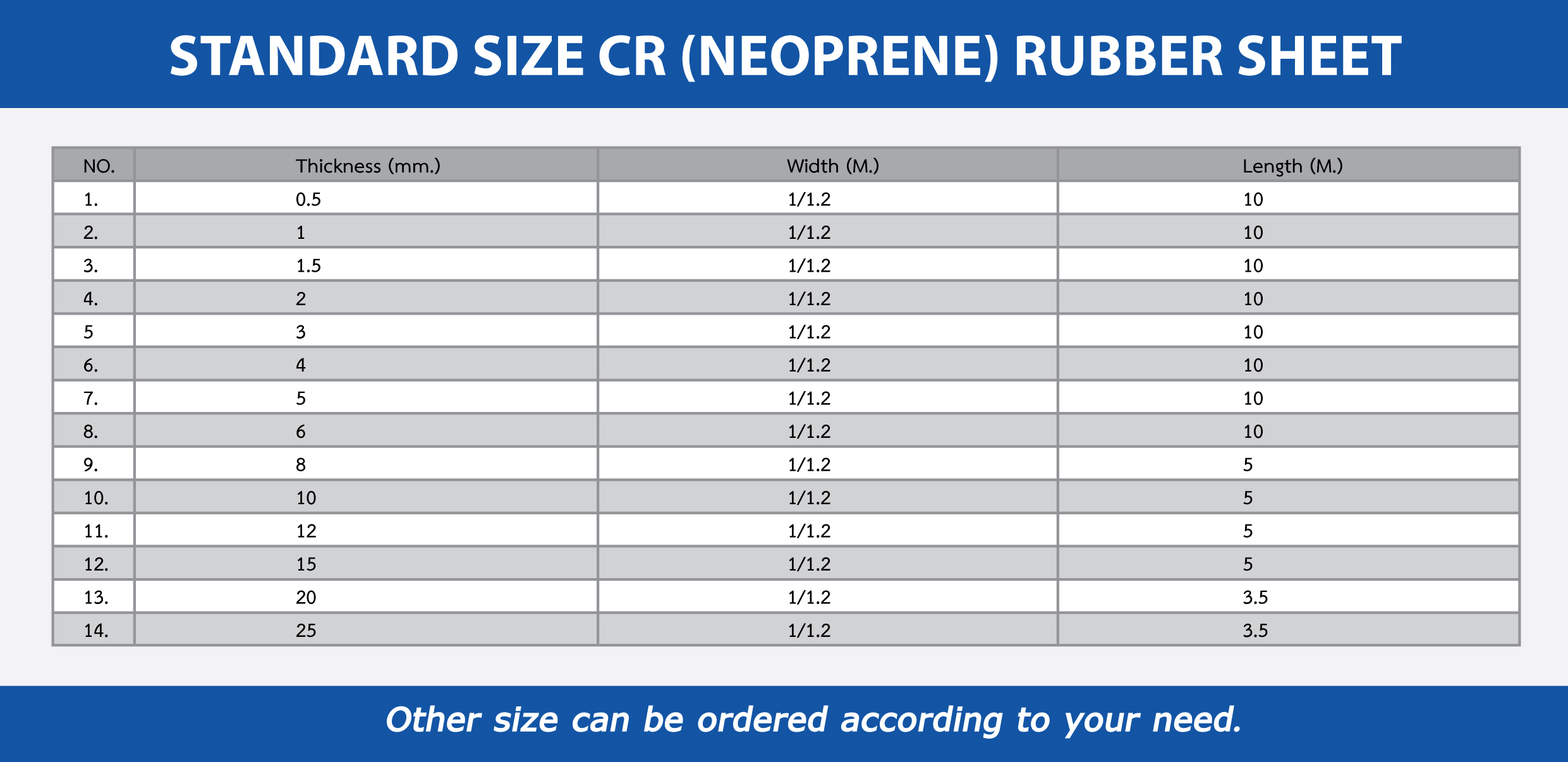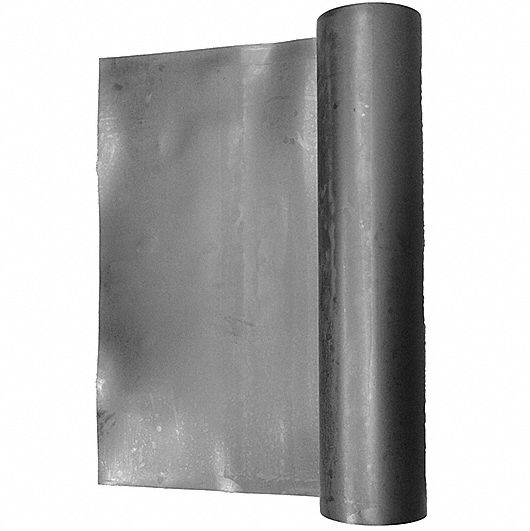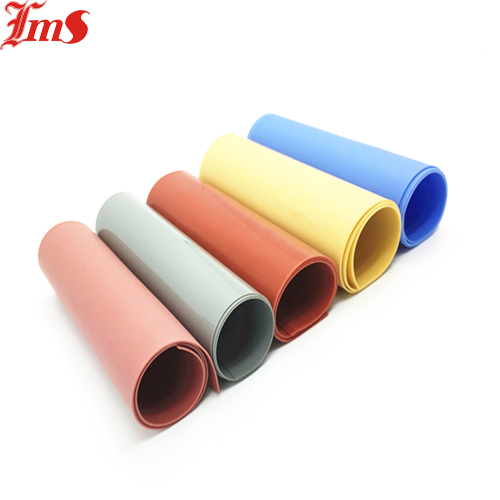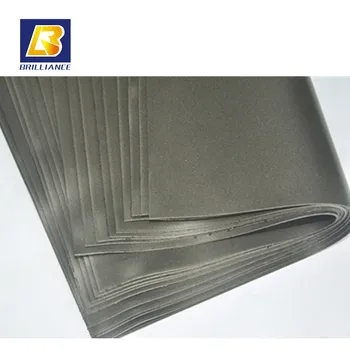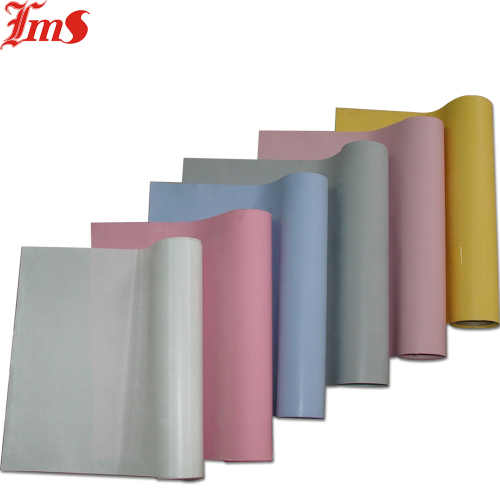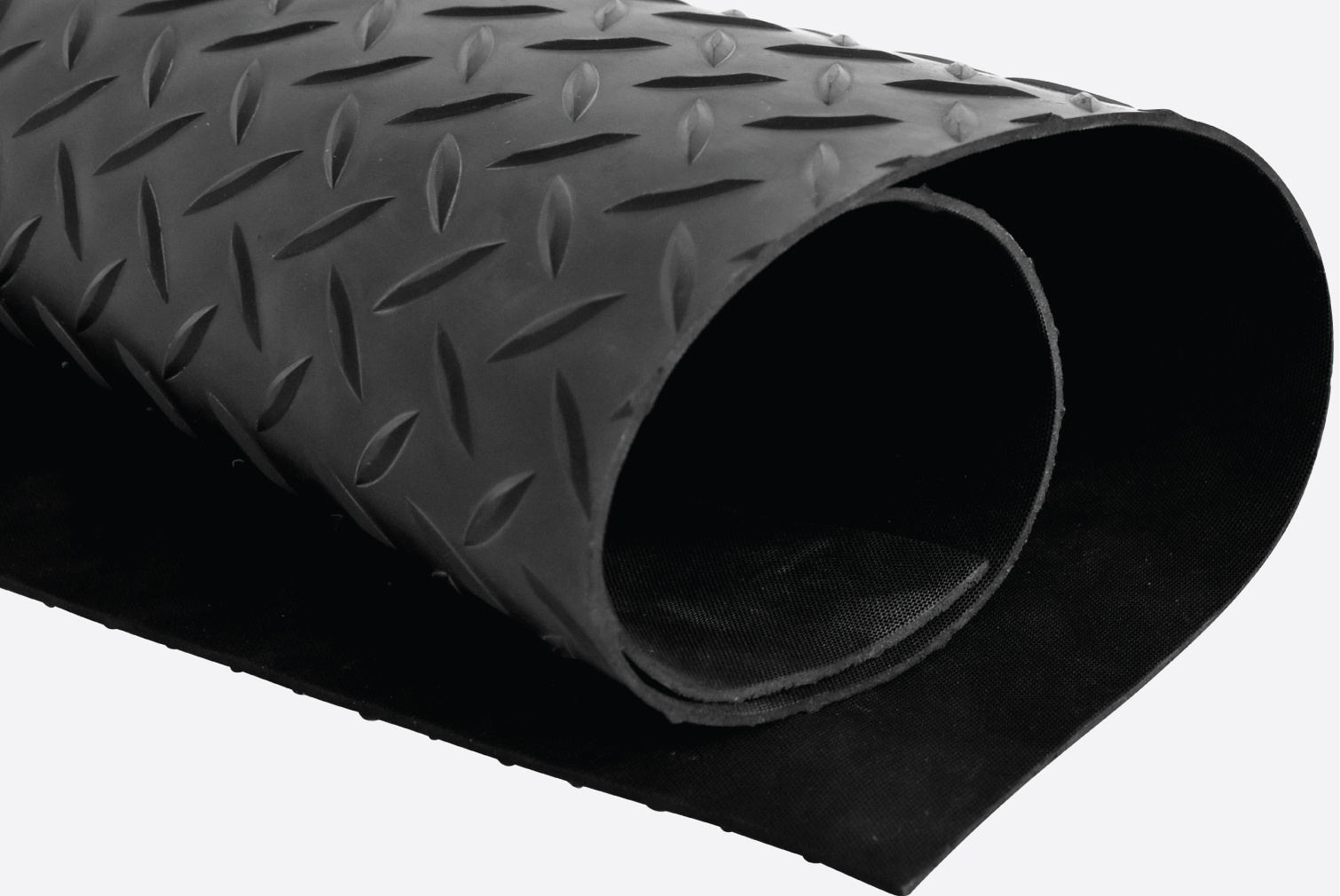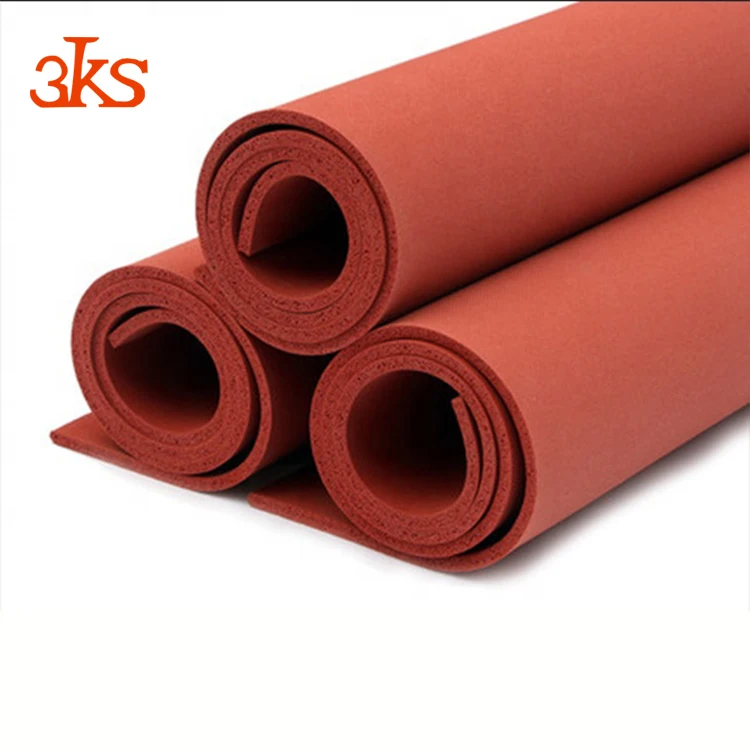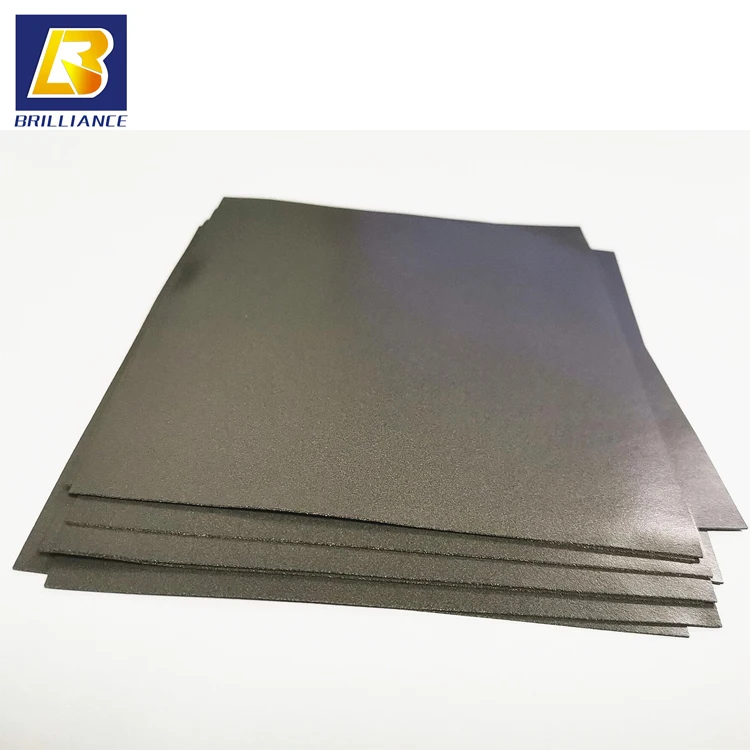Neoprene Rubber Sheet Thermal Conductivity

Fair resistance against mineral oils aliphatic hydrocarbons and steam.
Neoprene rubber sheet thermal conductivity. The thermal conductivity of neoprene rubber is shown in the literature to range from 0 100 to 0 192 w m 1 k 1 1 5. Gas cells and the thermal conductivity of neoprene rubber. Neoprene is sold either as solid rubber or in latex form and is used in a wide variety of applications such as laptop sleeves orthopaedic braces wrist knee etc electrical. Poor resistance against strong acids and basis aromatic hydrocarbons polar solvents ketones.
7797 premium grade neoprene rubber sheet spec sheet. Neoprene exhibits good chemical stability and maintains flexibility over a wide temperature range. Neoprene balls feature an excellent resistance against sea and fresh water diluted acids and basis refrigerant fluids ammonia ozone alkali. Neoprene rubber polychloroprene cr has good aging characteristics in ozone and weather environments it is also resistant to both petroleum based lubricants and to oxygen.
The entrapped nominally stagnant gas within the neoprene rubber results in a lowered thermal conductivity of the rubber. Polychloroprene is primarily composed of carbon hydrogen and chlorine polymers which are cross linked to give neoprene certain desirable properties such as chemical inertness and thermal. Neoprene rubber sheet gaskets neoprene rubber sheet stock. Standard steel sheets steel sheets tantalum foil sheets tantalum sheets temperature indicating sheets textured aluminum sheets thermal insulation sheets thermal sheets thermoplastic sheets traction sheets vegetable fiber gasket sheets vhmw polyethylene sheets vibration damping sheets.
Thermal conductivity of rubbers elastomers at 25 o c w mk. The combination of wide temperature range 40 c to 110 c and moderate cost accounts for its desirability in many seal applications. The rubber component of the foam is typically neoprene rubber or polychloroprene thermal conductivity k r 0 100 0 192 w m 1 k 1 and the gas component is nitrogen or air k g 0 026 w m 1 k 1. Neoprene rubber is a synthetic material composed of polymerized chloroprene and is sometimes referred to as polychloroprene.
However it should be noted that an increase in temperature might result in a decrease in thickness influencing not the thermal conductivity but certainly the thermal resistance. What is neoprene rubber.
